Alpha Prime Supps' Pre-Workout RTD is a ready-to-drink pre-workout supplement with 8 grams of citrulline malate, 2 more than its closest competitor!
If you've seen the fridge at your local gym, then you can probably agree that the ready to drink (RTD) pre-workout supplement space has been due for a serious shakeup. A space mostly filled with carbonated cans -- which don't always work best for a workout -- the remaining non-carbonated ("still") beverages haven't changed much lately.
Seeing the opportunity at hand, Alpha Prime Supps has delivered and then some.
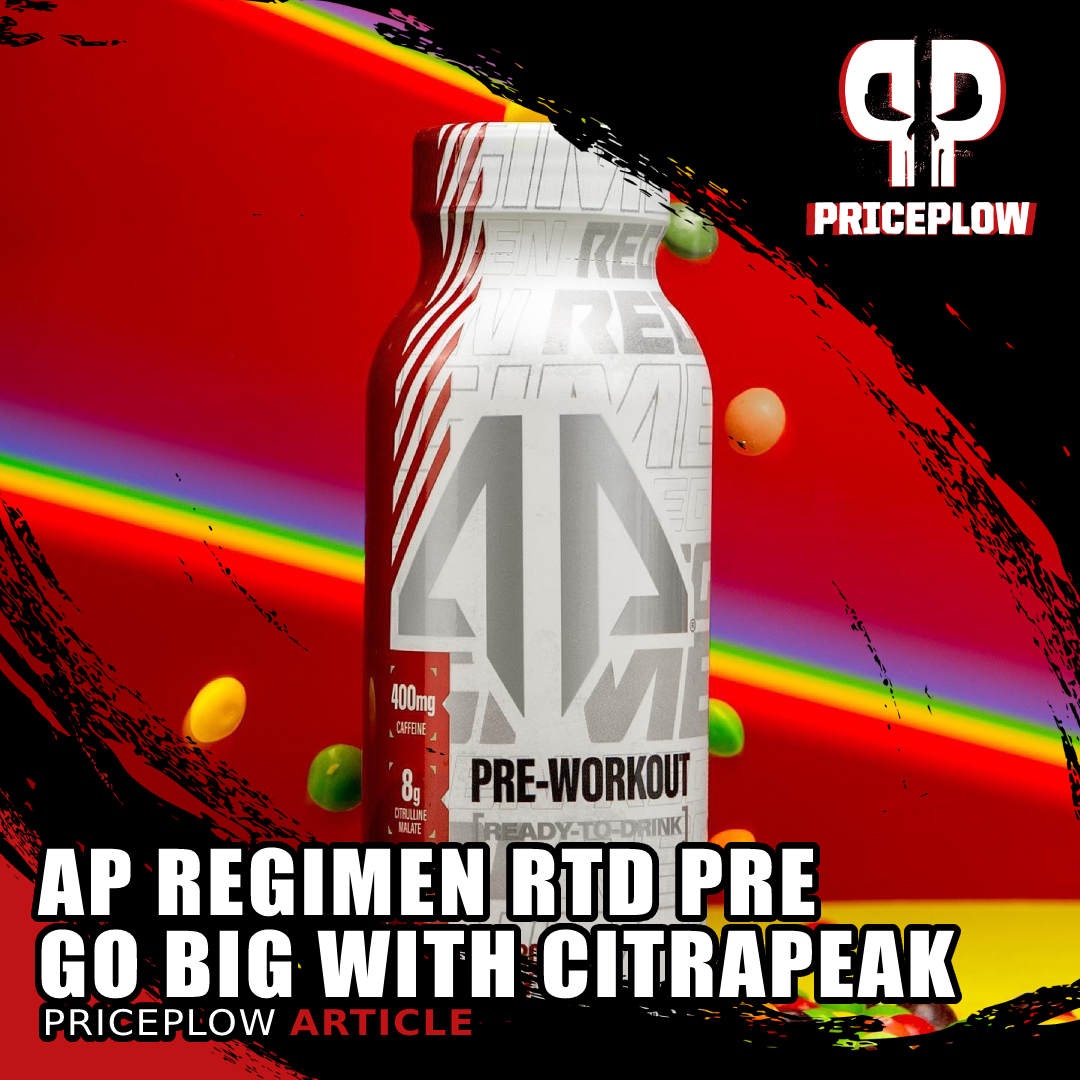
Alpha Prime's Pre-Workout RTD has a whopping 405 milligrams of caffeine, 8 grams of citrulline malate, and amplifies it with the novel CitraPeak NO booster!
Alpha Prime Supps Pre-Workout RTD: More Pumps and Higher-Energy
With the Alpha Prime Supps Pre-Workout RTD, the ready-to-drink shakeup is here. This powerful bottle contains a massive 405 milligrams of caffeine paired with 8 grams of 2:1 citrulline malate, both of which are greater than the closest competition. Additionally, we have CitraPeak, a novel nitric oxide boosting ingredient that has incredible solubility, making it perfect for RTD application.
AP's mission here is simple: to amplify workouts and to snag a slot or two in your gym's fridge. Instead of yet another flavor of the same old formula, Alpha Prime argues that this is what you should be trying. And after looking at the science behind CitraPeak -- and knowing what a larger dose of citrulline itself does -- we agree.
It's all covered below, but first, take a look at our prices and sign up for our Alpha Prime Supplement news alerts - there's far more coming from the Florida-based brand in the near future:
Alpha Prime Supps Pre-Workout RTD – Deals and Price Drop Alerts
Get Price Alerts
No spam, no scams.
Disclosure: PricePlow relies on pricing from stores with which we have a business relationship. We work hard to keep pricing current, but you may find a better offer.
Posts are sponsored in part by the retailers and/or brands listed on this page.
This area is reserved for Team PricePlow's upcoming Ingredients video.
Subscribe to our channel and sign up for notifications so you catch it when it goes live!
Alpha Prime Supps Pre-Workout RTD Ingredients
In a single 12.5 fl oz bottle of Pre-Workout RTD from Alpha Prime, you get the following ingredients, which include a total of 405 milligrams of caffeine:
-
L-Citrulline Malate (2:1) – 8,000 mg
The non-essential amino acid citrulline is a powerful precursor to nitric oxide (NO),[1] the molecule that triggers vasodilation in the human body. Although your body's capable of making citrulline on its own, that amount is pretty limited, so there's usually a benefit to supplementing with extra citrulline.
In vasodilation, the diameter of your arteries expand, permitting more blood to flow through them. As a result of this improved circulation, oxygen and nutrients are delivered more efficiently to cells all over your body, which both improves athletic performance during a workout and speeds up recovery afterward. Lactic acid clearance, in particular, speeds, which is a big deal since the accumulation of lactic acid in muscle tissue is partly what produces physical fatigue.
According to the latest research, citrulline supplements are able to:
- Increase oxygen uptake, thus increasing athletic power[2]
- Improve athletic endurance, as seen in one amazing study where subjects who took a citrulline supplement were able to do 53% more bench press reps compared to placebo.[3]
- Decrease post-exercise soreness by nearly 50%[3]
As great as the citrulline part of citrulline malate is, the malate part is pretty swell as well: malate, or malic acid, plays a crucial role in the Krebs cycle, the process by which your cells produce most of their energy.[4]
Because of both the citrulline and the malate, some studies have found that the synergistic combination can increase your body's aerobic respiration efficiency, which increases the amount of energy that your body has available during exercise.[5]
Note that this is actually citrulline malate 2:1, meaning we have 2 parts L-citrulline to 1 part malic acid. This gives us 5.33 grams of actual citrulline.[6] This is way more than the typical studied dose of 2-3 grams per day, so you'll get some pretty good results from this part of Alpha Prime Supps Pre-Workout RTD.
Arginine was the go-to amino acid NO precursor for many years, but has recently been replaced by citrulline owing to its greater oral bioavailability.[7,8] That's nothing new, but what is new is seeing a dose this large in a single bottle:
A step ahead of the competition: 8 grams instead of 6
Note that this bottle's closest competition has just 6 grams of citrulline malate 2:1, but Alpha Prime's scientists found a way to pack in two extra grams, which should lead to a stronger nitric oxide push. This doesn't even consider the additional capacity from Citrapeak, which will move the needle even further (Citrapeak is discussed below).
Our recommendation to gym owners and shelf-stockers is to stop wasting precious refrigerator shelf space on new flavors of the competition when you can add this and give your customers more energy and better pumps.
-
Beta Alanine – 3,200 mg
Beta alanine is another awesome endurance-boosting ingredient. It's been around since the very beginning of the supplement industry and because of its proven effectiveness, it will probably continue being used for a long time to come.
We're interested in section (B) here, where beta alanine alone shows great results compared to placebo.[9]
Beta alanine works by combining with the essential amino acid, L-histidine, to form carnosine, which is mostly stored in muscle tissue and functions as an acid buffer.[10] Since carnosine itself is not orally bioavailable, and beta alanine is the rate-limiting bottleneck for carnosine production,[11,12] supplementing beta alanine is a great way to achieve a better acid-buffering status.
Sports nutrition researchers have found that beta alanine supplementation can increase general athletic performance by increasing time to exhaustion,[13,14] power output,[15] and, when taken over long periods of time, improving body composition.[16]
According to two meta-analyses that have analyzed 40 athletic performance studies, beta alanine works best at reducing fatigue during exercise sets lasting between 30 seconds and 10 minutes.[9,13]
With a full 3.2 gram dose - the daily dose most often used in clinical trials - there's a good chance you'll get a tingling feeling. This is known as paresthesia, but not to worry - another meta analysis covering beta alanine trials up to 2019 has found that it's safe and non-toxic, with the researchers concluding that it "does not adversely affect those consuming it".[17]
-
Betaine Anhydrous – 2,500 mg
Betaine, which also goes by the name trimethylglycine (TMG), is somewhat similar to creatine, a supplement with which most readers are probably familiar. Creatine helps increase energy production by donating phosphate groups to other molecules involved in the Krebs cycle, and as it turns out, betaine is also a positive modulator of ATP generation.[18]
However, betaine donates methyl groups instead of phosphates, which means that it's capable of lowering homocysteine blood levels,[19] an effect that can go a long way toward improving cardiovascular health for some individuals.
Betaine is also an osmolyte, meaning that it helps bring water and other nutrients into your cells, making them stronger[20,22] and more resilient in the face of heat-induced metabolic stress.[23]
There are tons of research studies demonstrating betaine's benefits,[21,24-30] but a seminal study from 2013 showed that a daily 2.5-gram dose of betaine – the same amount used in Alpha Prime's Pre-Workout RTD – produced 5.3 pounds of muscle gain and 6.4 pounds of fat loss, an incredible 3% reduction in body fat over the 1.5 month study periods.[20,21]
In 2018, the same research team led a follow-up placebo-controlled study, testing 2.5 grams of betaine (or placebo) in 23 college-aged women, enrolling them into a weight training program for eight weeks.[30] The results were significant: Women in the betaine group lost 3.3% body fat (4.4 pounds) compared to -1.7% (2.8 pounds) in the placebo group.[30]
This leads us to summarize that this dose of betaine is effective for performance enhancement, muscle gain, and fat loss -- and it's been demonstrated to work in both men and women.
Normally, we suggest that athletes drink plenty of water with their betaine-based supplements so that they can take advantage of the osmotic, hydrating effect. But in the case of an RTD, the water's already provided for you! However, with that said, we still suggest maintaining hydration throughout your workout, even if you add more water to the RTD bottle itself.
-
CitraPeak Glucosyl-Hesperidin – 200 mg
Hesperidin is a flavonoid that occurs naturally in citrus fruits, particularly oranges.
It's capable of increasing nitric oxide production,[31,32] thus improving circulation to the point of restoring proper facial color in women afflicted with conditions that cause skin discoloration[32] and measurably increasing temperature on the surface of the skin.[33] Both of these effects imply a powerful vasodilatory effect.
It works through metabolism into hesperetin (note the slightly different spelling), which upregulates endothelium nitric oxide synthase (eNOS) expression,[31] leading to greater nitric oxide production.
CitraPeak was designed specifically for triggering vasodilation via NO production,[34] so it's a great inclusion in Alpha Prime Supps RTD Pre-Workout. Reason being, it's not just hesperidin - it's glucosyl-hesperidin, which has been shown to have 3.7-times greater bioavailability than normal hesperidin in animal models.[35] Based upon that study, CitraPeak's datasheet states that it "Activates in 30 Minutes".[34]
Another study, which showed glucosyl-hesperidin's significant triglyceride-lowering effect in humans with high triglyceride levels after 24 weeks of use, also states that "G-Hesperidin is very soluble in water, and its solubility is about 10,000 times greater than that of conventional hesperidin".[36] This research claim is based on data from a 1994 study testing the compound alongside probiotics.[37]
The point is, not only does glucosyl-hesperidin work better than standard hesperidin, but it's far more soluble -- all the better reason to include it in a pre-workout RTD!
Hesperidin has a bunch of other benefits too, including protecting the skin from UV light-induced damage, decreasing inflammation, fighting diabetes, and more.[38] These effects are out of the scope of this article, but if you're new to this ingredient, it's worth researching. We occasionally see it in weight loss supplements as well.
-
Caffeine Anhydrous – 350 mg (of 405 mg total)
Caffeine is famous for its ability to fight fatigue and increase wakefulness and vigilance, effects that are driven by caffeine's inhibition of adenosine receptors in the brain.[39]
Ordinarily, more and more of the nucleotide, adenosine, accumulates in your brain the longer you're awake. But when the receptor for it is blocked, adenosine can't exert its usual effects on your brain cells. As a result, global neural activity in the brain goes up,[39] helping with focus and motivation. Caffeine's upregulation of dopamine, the "focus and motivation" neurotransmitter,[40] adds to this effect.
Caffeine also activates AMP-activated protein kinase (AMPK), one of the primary metabolism switches in the human body, which increases your body's rate of fat burning, thus increasing energy levels overall.[41,42]
Caffeine's inhibition of phosphodiesterase, an enzyme that degrades cyclic adenosine monophosphate (cAMP),[41,42] has the same effects, keeping sugar and fat metabolism high and providing your cells with extra energy to burn during workouts.[43]
The ability of caffeine to increase the speed of so many different processes in the body while reducing both mental and physical fatigue is why it's called an "ergogenic aid" – it increases the body's capacity to do work.
Research studies show that caffeine significantly boosts athletic performance during both endurance-based and high-intensity activities.[44]
405 milligrams of caffeine total!
Typically, 350 milligrams of caffeine is a pretty big dose, and there's even more in AP's RTD Pre-Workout (405 milligrams total once you calculate the next ingredient). So if you're unsure of your tolerance, start small and work your way up. It's OK to only drink half a bottle and sip the rest slowly, or even save it for another day.
-
Dicaffeine malate – 75 mg (yielding ~50 mg of 405 mg total)
Dicaffeine malate has the same effects as pure caffeine. The only real difference between this and the anhydrous form is that when caffeine is "buffered" when it's bound to malic acid, it takes longer to metabolize. So this is a slow-acting form of caffeine, whereas anhydrous is fast-acting.
The idea behind this is to smooth the curve of caffeine levels in your blood, helping prevent a debilitating crash that can occur after the stimulant initially goes into effect.
All in all, this brings us to a total of 405 milligrams of caffeine, since dicaffeine malate has a caffeine yield of ~73%.
-
Methylliberine (as Dynamine) – 25 mg
This trademarked version of methylliberine, Dynamine, is formulated to cause the same type of stimulant effects in the central nervous system as caffeine.
As an alkaloid that is found naturally in Camellia sinensis (tea) leaves,[45,46] methylliberine has stimulant properties but doesn't cause the same cardiovascular effects that caffeine does (i.e., vasoconstriction).[45-48] It increases your levels of dopamine and noradrenaline while inhibiting adenosine.[45-48]
For a reminder on why dopamine and adenosine are important, scroll back up to the section titled Caffeine Anhydrous.
Anecdotally, Dynamine generally adds a bit more "pop" to energy supplements, putting this RTD's power on the next level.
Flavors available
Conclusion: An RTD Pre-Workout with More
Alpha Prime certainly knows how to formulate a pre-workout, but we already knew that, given their incredible Legacy Series Pre-Workout and Pump supplements. Their Pre-Workout RTD takes non-carbonated, ready-to-drink bottles to a new level, but it does come at a cost: a huge dose of caffeine.

Are you ready for your legacy? After a year of hard work, Alpha Prime Supps has released their Legacy Series Pre-Workout and Pump Supplements
If you can handle the 405 milligrams of caffeine, you'll be treated to some incredible pumps -- especially compared to other RTDs. It's not just from the huge dose of citrulline malate, either. CitraPeak is a novel ingredient inside that we're very excited about, and we think we may be seeing this in thermogenics as well.
But if it's a bit too much caffeine for you, drinking ½ to ⅔ of a bottle, and then saving the rest for later may be your safest bet. You may still get a clinical dose of L-citrulline (which starts at 3 grams, and a full bottle here has 5.33 grams), but you'll want to look for more betaine and beta alanine elsewhere in your day if you want to hit those clinical doses.
Regardless, the RTD game has been changed, and it's time to start seeing some Alpha Prime inside of store and gym fridges. We know most places already have those incredible AP Prime Bites protein brownies on the counter... so it's only a matter of time before these RTDs take over too.
As for those Prime Bites and other AP products, you may want to stay tuned to our alerts below... we have a lot more coming.
Alpha Prime Supps Pre-Workout RTD – Deals and Price Drop Alerts
Get Price Alerts
No spam, no scams.
Disclosure: PricePlow relies on pricing from stores with which we have a business relationship. We work hard to keep pricing current, but you may find a better offer.
Posts are sponsored in part by the retailers and/or brands listed on this page.
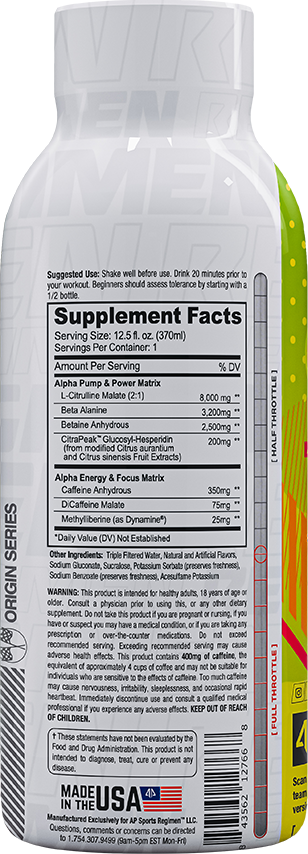
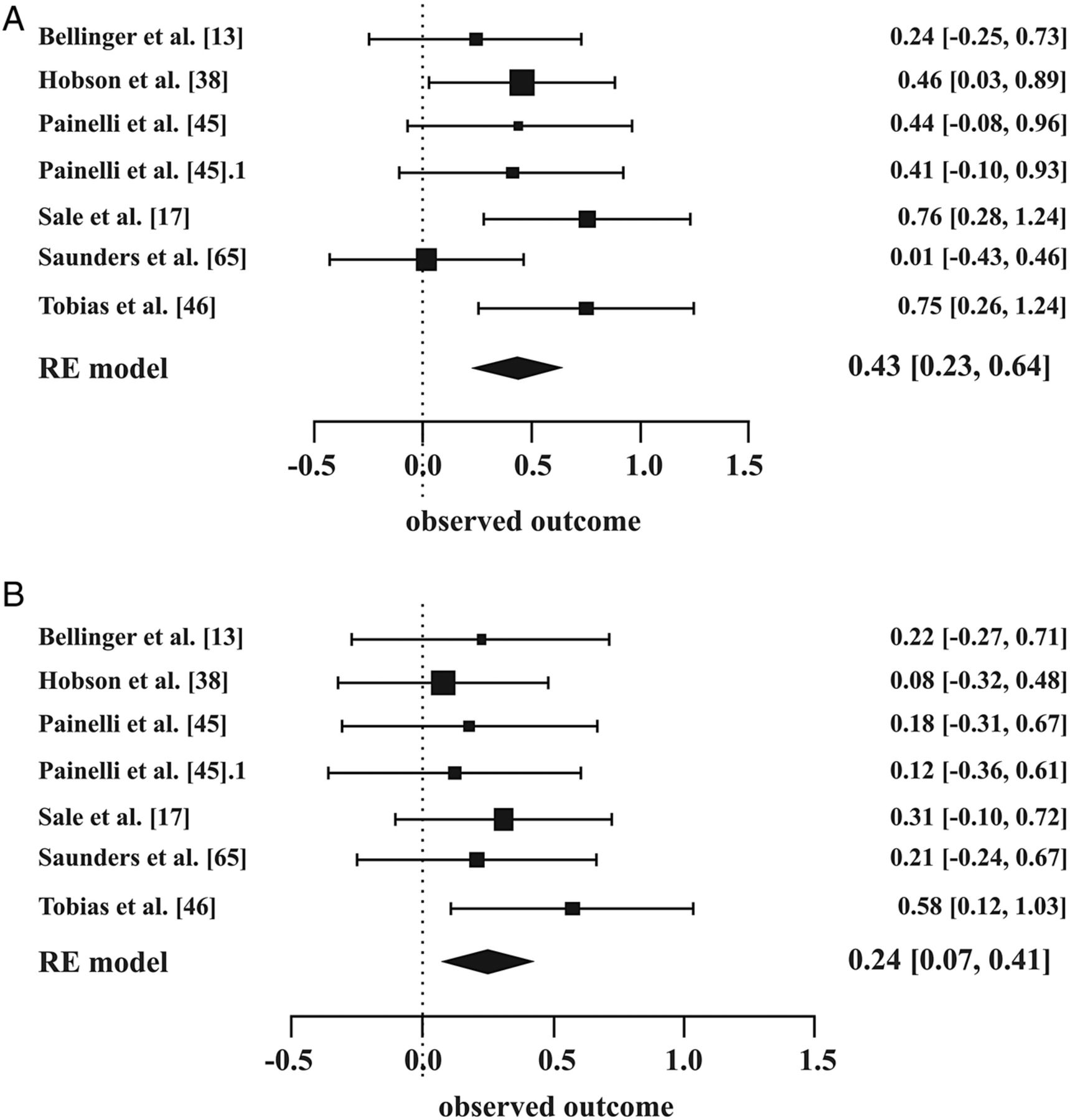
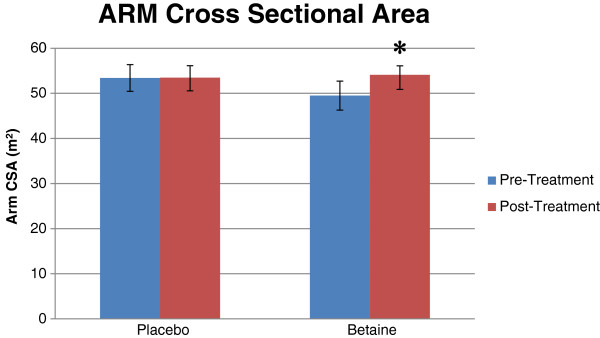
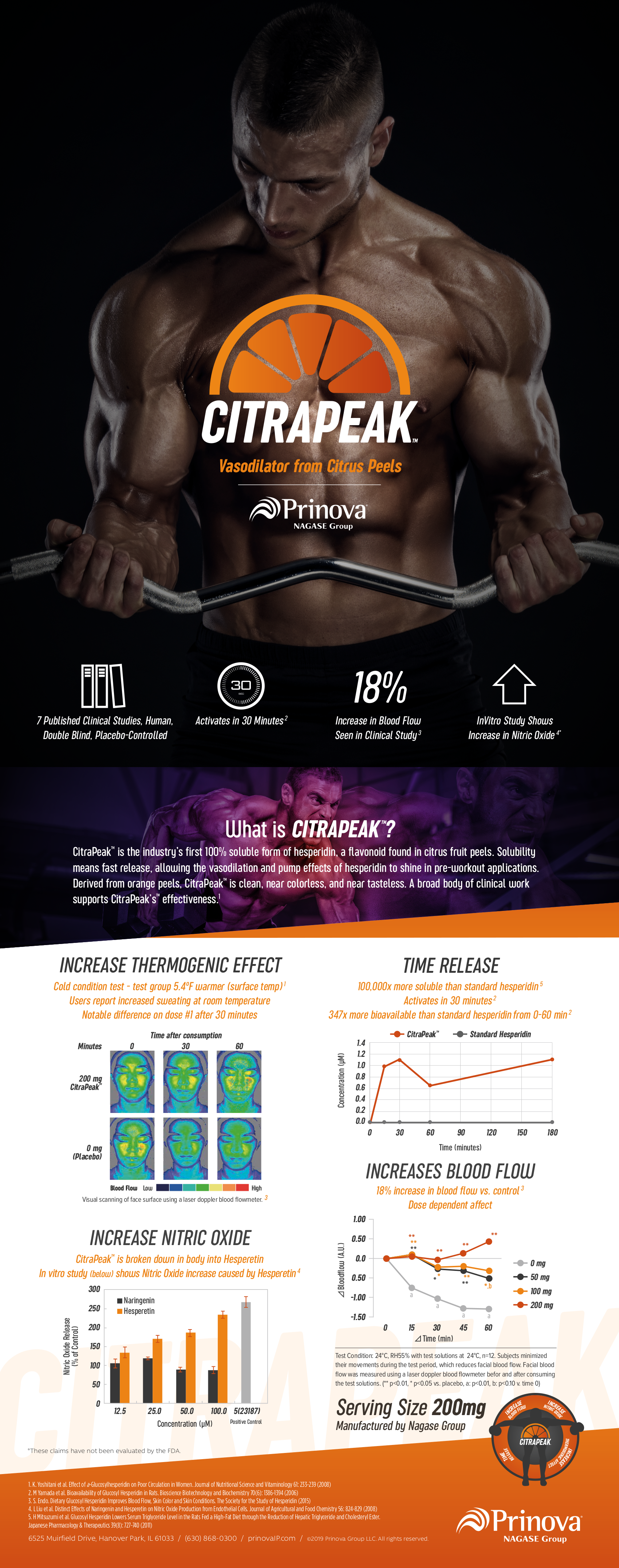
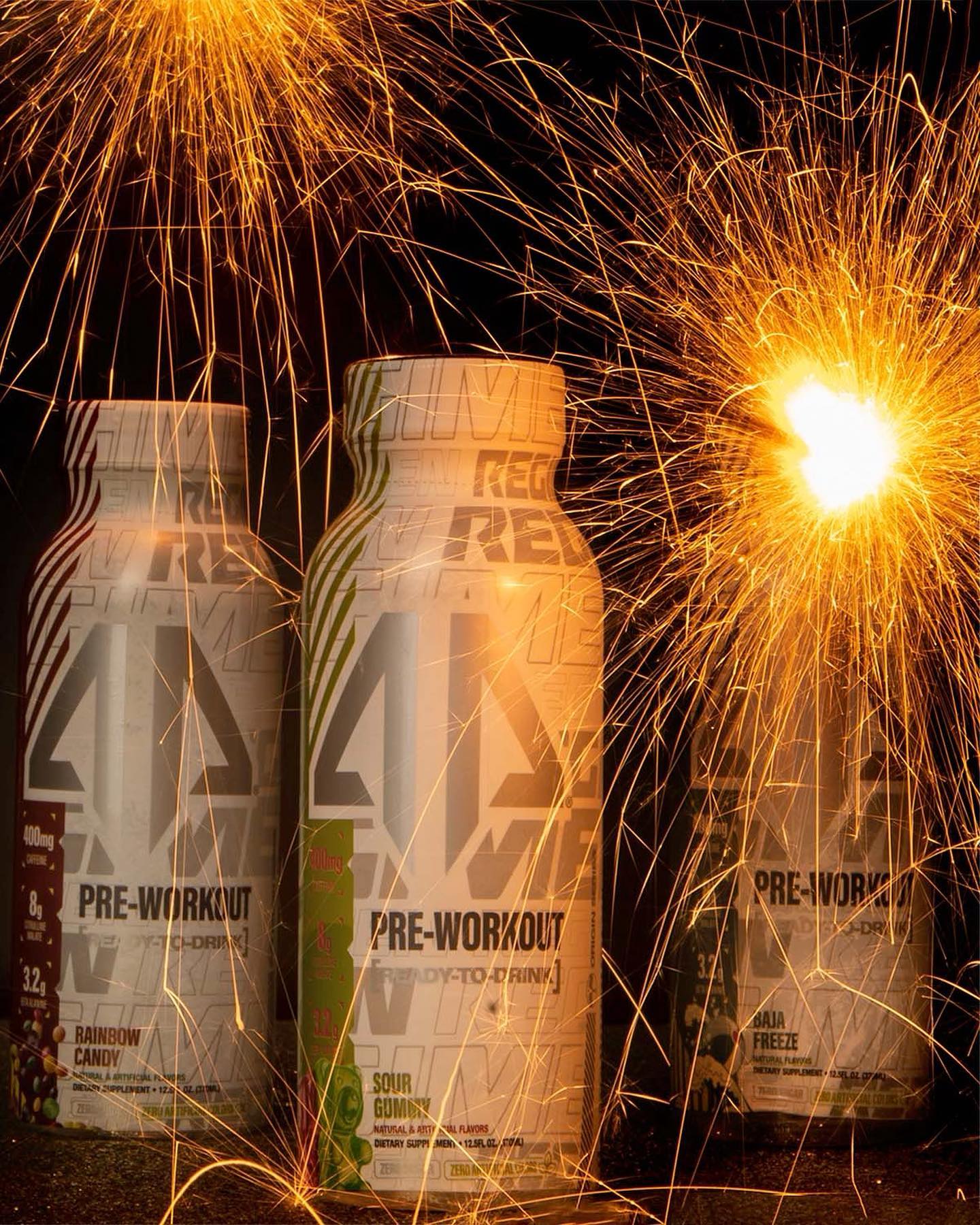
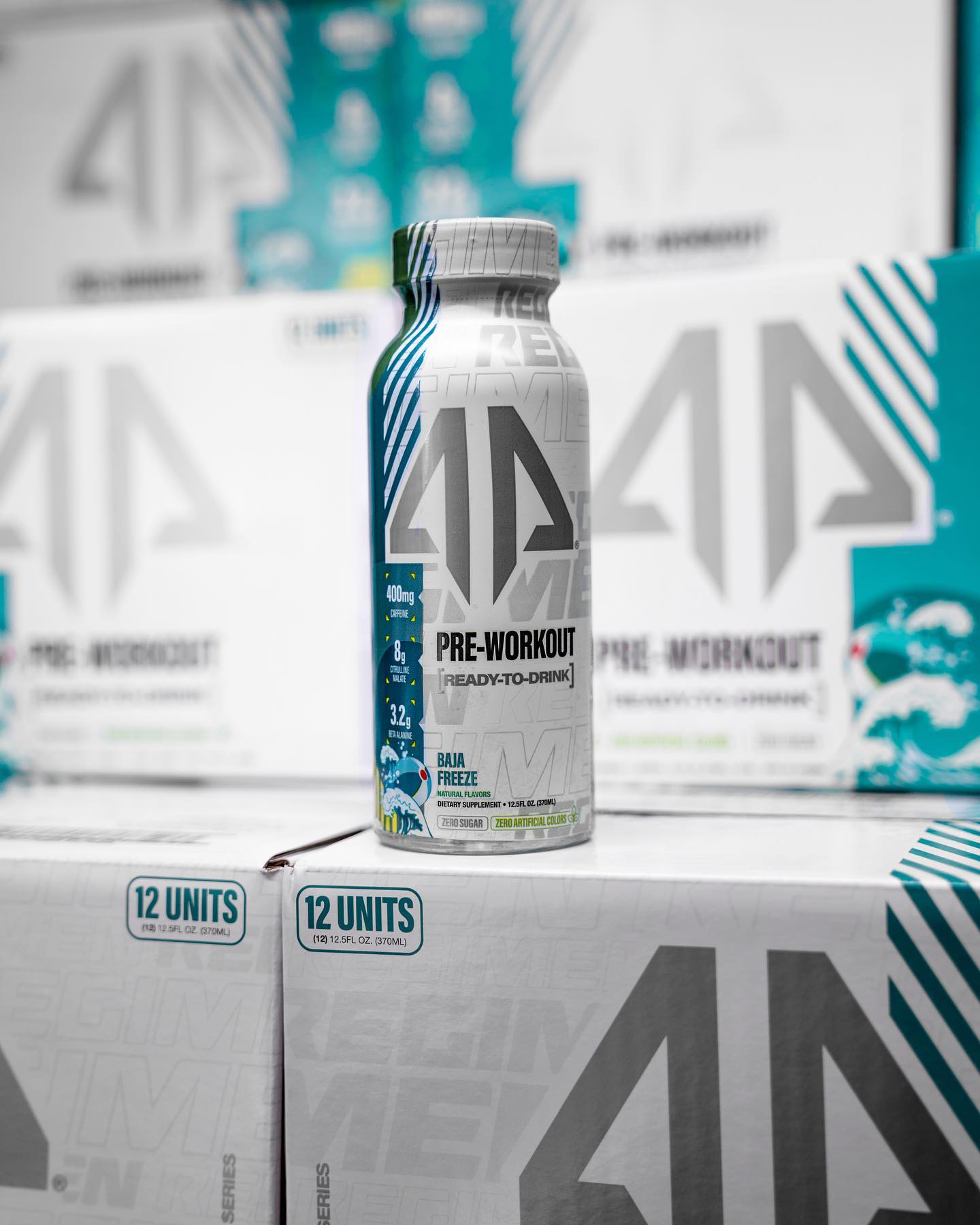


Comments and Discussion (Powered by the PricePlow Forum)